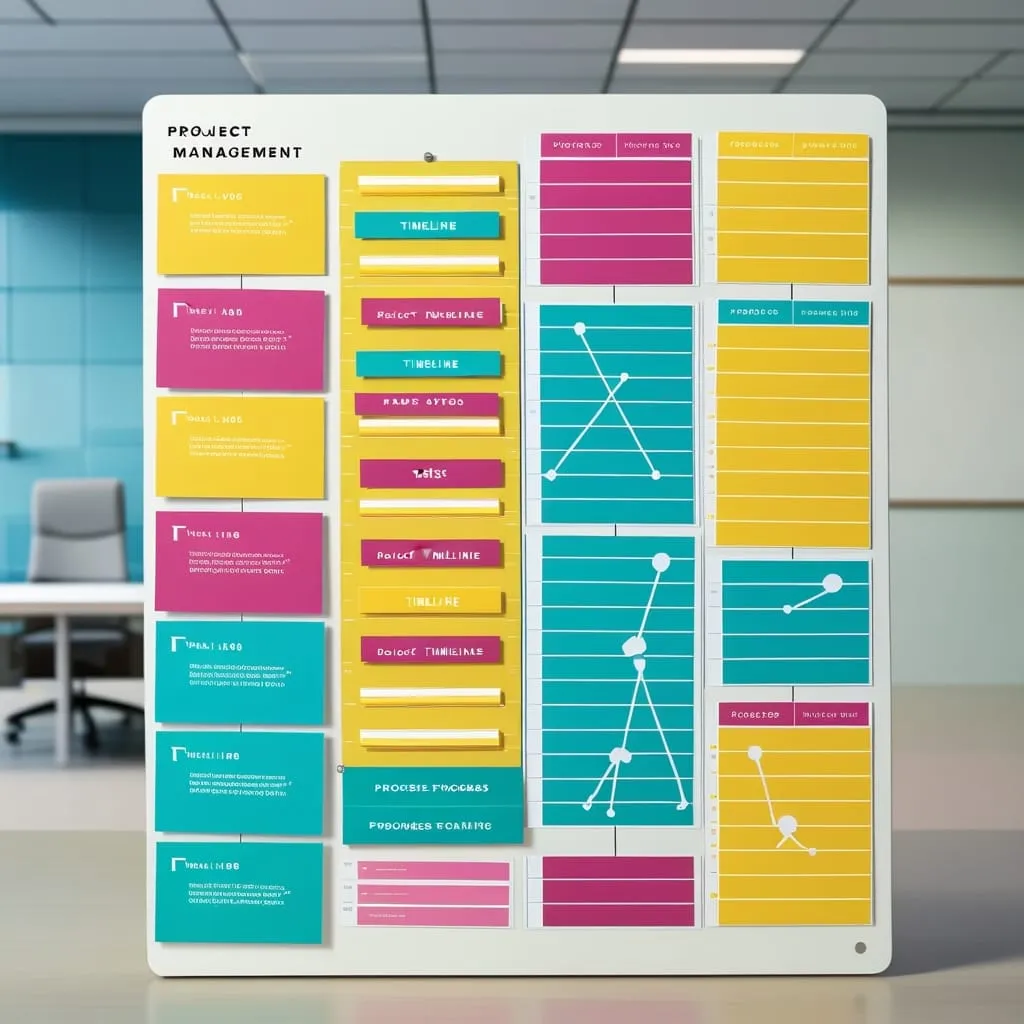When we think about value investing, the first images that come to mind are spreadsheets, financial statements, and meticulous analysis. However, there's a lesser-known aspect that plays a significant role in the decision-making process of even the most seasoned investors: the subconscious and gut instincts.
As someone who has delved into the world of value investing, I've come to realize that while data and analysis are crucial, they are not the only drivers of investment decisions. There's an intuitive element, shaped by years of experience and observations, that can significantly influence our choices.
The Psychology of Investment Decisions
Behavioral finance, a field that studies the emotional and psychological factors influencing investment decisions, highlights several biases that can affect even the most rational investors. For instance, confirmation bias can lead us to seek out information that confirms our existing beliefs, while ignoring contradictory evidence. This bias can make us more likely to hold onto a losing stock simply because we don't want to admit our initial decision was wrong.
Another bias, the disposition effect, causes us to hold onto losing investments in the hope that they will eventually recover, rather than cutting our losses. This is often driven by the psychological discomfort of admitting defeat. I recall a personal experience where I held onto a stock that had dropped significantly, hoping it would rebound, only to realize later that my emotional attachment was clouding my judgment.
The Role of Hubris and Humility
Hubris, or excessive pride and arrogance, can be particularly detrimental in value investing. When we believe we are smarter than the market, we are less likely to recognize mistakes or heed warnings. This was a hard lesson for me to learn; early in my investing career, I found myself ignoring red flags simply because I was convinced of my own infallibility.
Humility, on the other hand, is a trait that can save investors from many pitfalls. Recognizing the importance of failure and being open to learning from mistakes is crucial. It's about acknowledging that you don't have all the answers and being willing to adjust your strategy based on new information.
Intuition in Investment Decisions
Intuition is not just a vague feeling; it's often the culmination of years of experience and subconscious pattern recognition. Seasoned investors develop a sort of sixth sense that helps them navigate complex financial data. This intuition can tip the scale between average and outstanding returns.
For example, when evaluating a company, I might look at the financials, but I also pay attention to softer factors like management integrity and corporate culture. Sometimes, it's the little things – a CEO's tone during an earnings call or the way a company treats its employees – that can trigger an intuitive red flag or green light.
Balancing Analysis and Instinct
While analysis is essential, it's equally important to listen to your gut. This doesn't mean making impulsive decisions but rather allowing your subconscious to guide you after you've done your due diligence.
I remember a situation where I was considering investing in a company with impressive financials but something about the management's communication style didn't sit right with me. Despite the numbers looking good, my intuition told me to steer clear. Later, it turned out that the company was involved in a scandal that significantly impacted its stock price.
The Importance of Objectivity
Maintaining objectivity is key when combining analysis with intuition. It's easy to get caught up in your own biases and emotional attachments, but stepping back and taking a skeptical view can help. Imagine you're advising a friend on the same investment; this perspective can help you see things more clearly.
Objectivity also involves regularly revisiting your investment thesis. If the reasons you invested in a stock no longer hold true, it's time to reevaluate. This is where many investors fail, as they tend to ignore conflicting evidence to protect their self-image.
Learning from Mistakes
Failure is an integral part of the learning process in value investing. Recognizing and learning from mistakes is what sets successful investors apart. It's about seeing yourself as someone focused on learning through failure rather than protecting a self-delusion.
I recall a particularly painful mistake where I invested in a company that seemed undervalued but turned out to be a disaster. Instead of ignoring the loss, I took the time to analyze what went wrong. This experience taught me valuable lessons about the importance of thorough due diligence and the dangers of overconfidence.
Values-Aligned Investing
Another aspect that can influence our investment decisions is our personal values. Values-aligned investing involves investing in companies that reflect your ethics and values. This approach not only adds a layer of purpose to your investments but can also impact your returns positively.
For instance, if you're passionate about environmental sustainability, you might invest in companies with strong ESG (Environmental, Social, and Governance) practices. Research has shown that companies with strong ESG factors often perform better in the long term.
The Human Element in Finance
Finance is often seen as a numbers game, but it's also deeply human. Our emotions, biases, and intuitions play a significant role in our investment decisions. Understanding and acknowledging these elements can make us better investors.
It's about finding a balance between rigorous analysis and intuitive insight. By recognizing the subconscious cues that influence our decisions, we can make more informed choices and avoid common pitfalls.
In the end, value investing is not just about spreadsheets and financial ratios; it's about understanding the complex interplay between data, psychology, and intuition. By embracing this holistic approach, we can navigate the financial markets more effectively and achieve better returns. So, the next time you're considering an investment, don't just look at the numbers – listen to your gut as well. It might just be the difference between an average and an outstanding investment.






